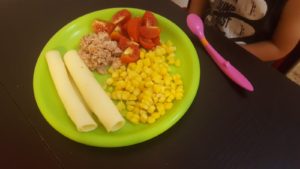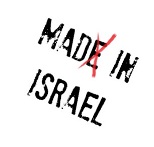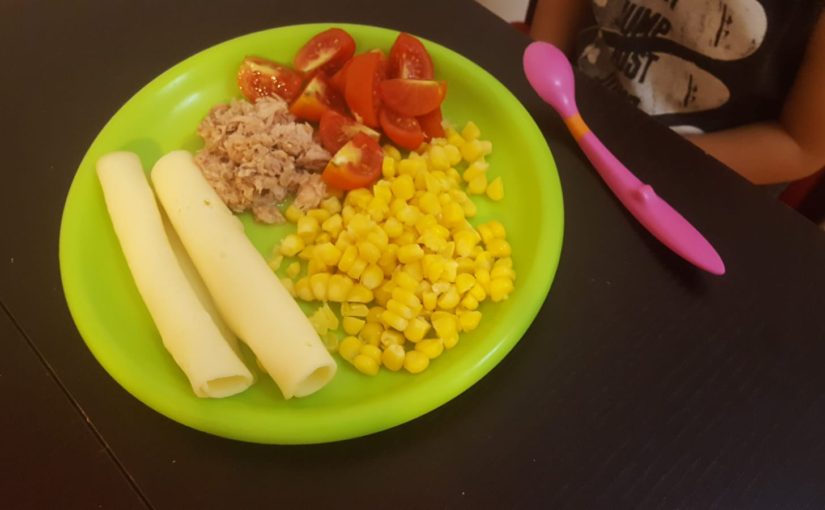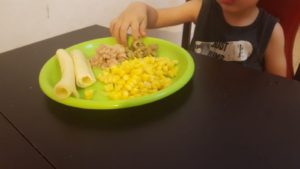Hi,
Jannaeus love to eat IDF ration food. I should be happy about. No, not because he is ready for the army, or better say for military reserve duty.
I should be happy about it because there is always something he would eat 🙂
There is nothing more pratreaiting than making dinner (from Atzva side) and fighting, arguing and convincing Jannaeus to eat it.
You make Pasta, he want nachos. You give him nachos he wants “the other kind”. You give him the other kind (same kind just new package he want rice. Give him rice he just don’t want.
Than we full out the winning card, the Joker of Janneaus dinner/ launch/ breakfast:
“Do you want some olives, corn and Tuna?” “Yes!” He cry out 🙂
I pour him the above ingredients (which lately includes also ketchup) and I realize he is eating an IDF ration food.
The same kind of food I have been eating (See Link) for most of the time in my 3 years of mandatory military duty, and for around 8 years of military reserve duty.
ID ration food is just canned food. No special heating devices, no cheimcal raction that bakes some hot food for you in the field. But like other ration food around the world, it is preserved food. It means it is not the healtiest food you can have. I guess it isn’t the worst, like having an cheeseburger everyday (breakfast, lunch and dinner) for a long time. But a fresh food is better, especially for small children. That is the reason we trying to avoid giving it to Jannaeus all the time.
Except for this – I guess he is ready for the army… and thats, my dear, does not make me happy at all…
Take care
Gad
 The all wanted food dish – military ration food
The all wanted food dish – military ration food
If you wish to see what else IDF ration food contains..



The Japan Self-Defense Forces utilize two types of combat rations, Type I combat ration (???? I?) and Type II combat ration (???? II?). The older Type I ration consists almost entirely of canned foods weighing a total of 780 g per meal; a normal three-day ration has up to 36 cans weighing more than 7 kilograms. Eight menus are available, based around a 400 g can of rice and 2–3 smaller supplemental cans. Typical contents include: rice (white rice, sekihan (rice with red beans), mixed rice with vegetables, or rice with mushrooms), a main meal can (chicken and vegetables, beef with vegetables, fish and vegetables, or hamburger patties), pickled vegetables ( Takuan (yellow radish) or red cabbage) and sometimes a supplemental can (tuna in soy or beef in soy). In the latest type I combat rations, cans have been replaced by retort pouches.